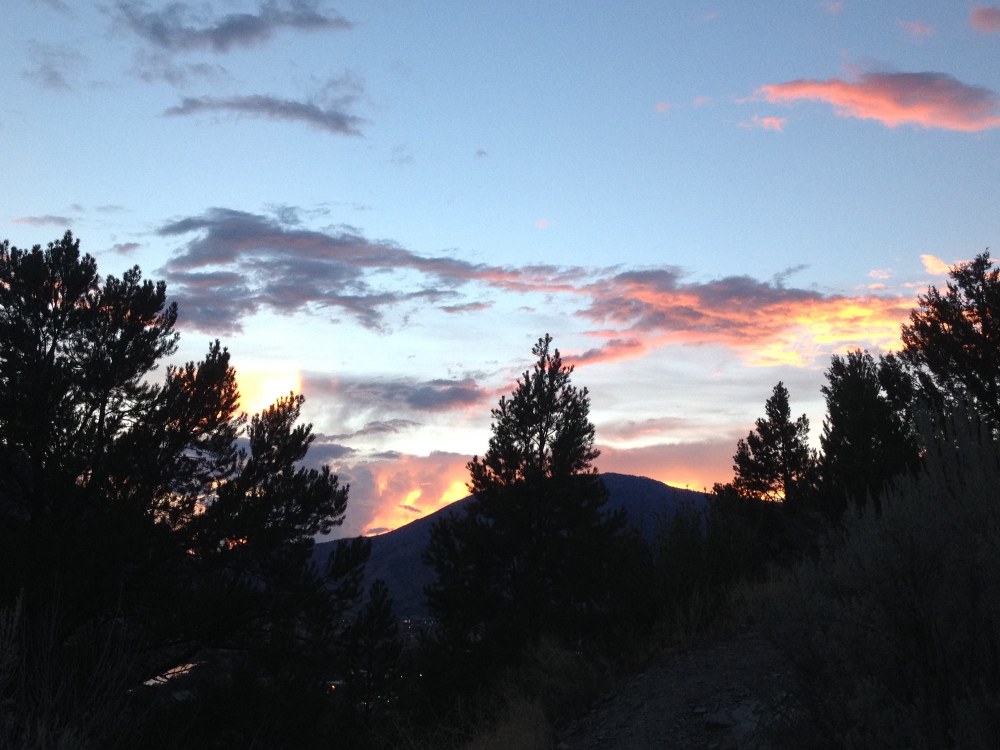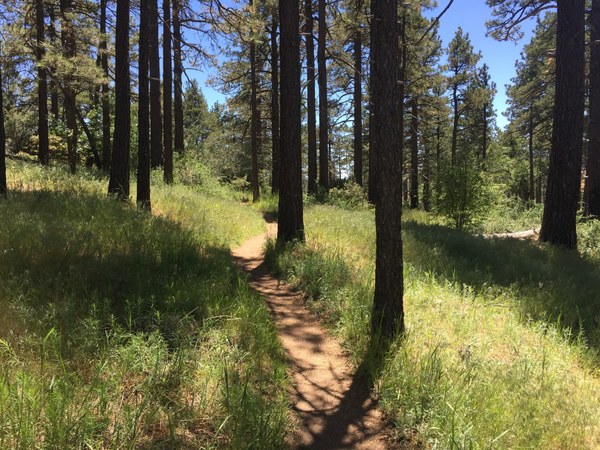
As a white person, my own education on Native history and culture is ongoing and largely self-directed, and I want to share a few things I've learned in the hopes that it will be helpful to others like me.
As a trail runner, I have been privileged to tread on ancient Ute paths in Colorado along the rim of the majestic Glenwood Canyon, to joyfully run in a trail marathon in South Dakota where tribal members proudly participated, and to have traveled over 350 miles on foot through Kumeyaay Land in southern California. More locally, I recreate often on the ancestral lands of the Duwamish and Suquamish peoples. Seattle in fact is named after Chief Si’ahl, a Duwamish leader.
Growing up in Southern California, I was taught Spanish colonial history in school: we learned about Father Junipero Serra (1713-1784), a Franciscan friar who was a key figure in Spain's colonization of the lands that now comprise the state of California. As an elementary school student, I was taken on the occasional field trip to the nearby Spanish missions of Mission Basilica San Diego de Alcala and Mission San Luis Rey de Francia. Yet rarely did my schooling address the 10,000-year history of the Kumeyaay people, the original native inhabitants of San Diego County. Only when I went to college did my education start to encompass indigenous people's history and contributions, and it inspired me to continue to learn about Native history.
 Kumeyaay Land in Southern California.
Kumeyaay Land in Southern California.
I've benefited by reading books such as Annette McGivney's Pure Land: A True Story of Three Lives, Three Cultures, and the Search for Heaven on Earth, which describes the history of the Grand Canyon and how the national park's land was wrested from native groups. I also learned from classics as Bury My Heart at Wounded Knee: An Indian History of the American West by Dee Brown, first published in 1970. I recently started reading The Heartbeat of Wounded Knee: Native America from 1890 to the Present by David Treuer, and Larose, a novel by Louise Erdich, an enrolled member of the Turtle Mountain Band of Chippewa Indians.
Through my work at a regional center which coordinates with various groups serving Native communities, such as the National American Indian and Alaska Native MHTTC, Seattle Indian Health Board, and Washington State Health Care Authority Tribal Affairs, I have had the opportunity to learn more about contemporary Native communities in our region. However, current events continue to remind me that I don't know as much as I should about Native history, like the US Supreme Court's decision in McGirt v. Oklahoma in July, which addressed jurisdiction in Oklahoma.
What you can do
Besides increasing our knowledge of this living history, there are concrete steps everyone can consider to honor indigenous communities. Here in Seattle, Real Rent Duwamish calls on people who live and work in Seattle to stand in solidarity with First Peoples of this land and support the revival of Duwamish culture and the vitality of the Duwamish Tribe. Currently, the Duwamish are not recognized by the United States, which has huge repercussions for them when it comes to funding and tribal rights recognition.
You may also wish to consider starting trips and events with a land acknowledgement. A land acknowledgement is a formal statement that recognizes and respects indigenous peoples as traditional stewards of the land and recognizes the enduring relationship that exists between indigenous peoples and their traditional territories. It's an expression of gratitude and appreciation to those on whose ancestral lands we reside, work, and play. Learn more about land acknowledgments with this publication from North Sound Accountable Community of Health, this article from the Smithsonian National Museum of the American Indian, and this description from the Duwamish Tribe.
We all have an opportunity to reflect on the sometimes difficult yet always rich and abundant history of our area and these lands. I encourage you to pick one of these resources and dive in.
"This we know; The earth does not belong to man; man belongs to the earth. This we know, all things are connected like the blood which unites one family. All things are connected."
--Chief Si’ahl, Namesake of the City of Seattle
 Gabrielle Orsi
Gabrielle Orsi